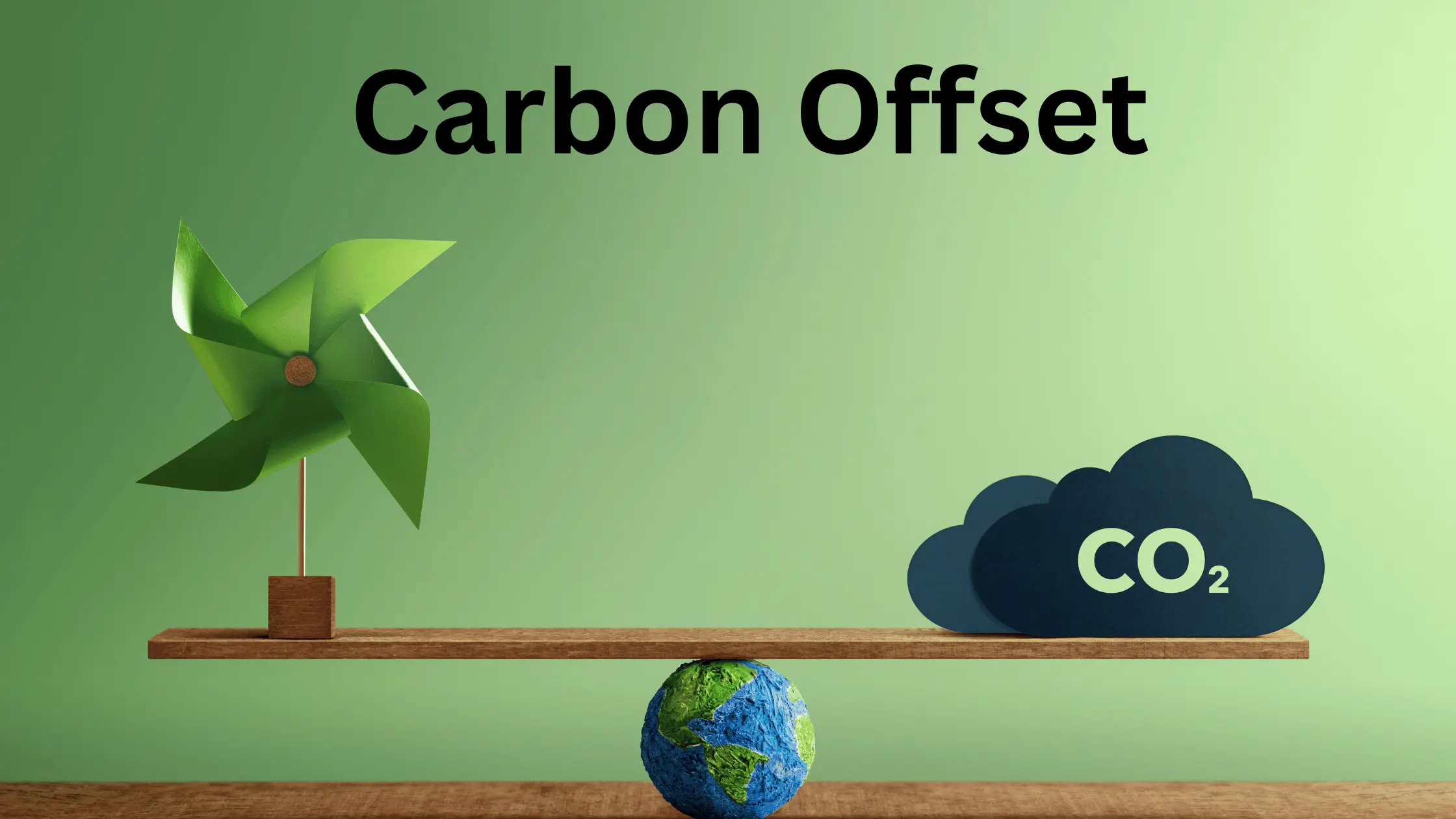In the global era, the carbon offset has gained significant attention. As individuals, organisations and governments strive to reduce their carbon footprint, carbon offsets provide a mechanism to compensate for unavoidable emissions.
In this blog post, we will deliver into the concept of carbon offset, how it works and its role in promoting a more sustainable future.
What is Carbon Offset?
Carbon offset is a process that helps you, companies or governments to balance out the greenhouse gas emissions by investing in projects that reduce or remove an equivalent amount of emissions elsewhere. It is based on the principle that greenhouse gas reductions achieved in one location can help offset emissions occurring elsewhere.
How Does Carbon Offset Work?
1. Calculation of Emission
The first step in carbon offsetting is to calculate the emissions produced by a particular activity such as energy consumption, travel, or manufacturing. This involves assessing the quantity of greenhouse gases, including carbon dioxide (CO2), methane (CH4), and nitrous oxide (N2O), released into the atmosphere.
2. Selection of Offset Projects
After determining the emissions, individuals or organization’s choose carbon offset projects to support. These projects typically fall into one of the following categories like Renewable energy, Energy Efficient, Forest Conservation and Reforestation.
3. Verification and Certification
Carbon offset projects undergo a rigorous process of verification and certification by recognized standards and organizations. These third party assessments ensure that the projects adhere to rigorous criteria, including additionality (the emissions reductions would not have occurred without the offset project), permanence (the reductions are long-lasting), and verifiability (the emissions reductions are accurately measured and reported).
Benefits of Carbon Offset
1. Climate Change Mitigation
It provides an immediate means to reduce greenhouse gas emissions, thereby helping to mitigate climate change. By supporting offset projects, individuals and organizations actively contribute to global emission reductions.
2. Sustainable Development
Many carbon offset projects, such as renewable energy installations or energy efficiency initiatives, bring additional benefits to local communities. These projects often create jobs, foster technological advancements, improve air quality, and promote sustainable development.
3. Market Incentives for Innovation:
The demand for carbon offsets creates economic incentives for the development of innovative and sustainable projects. This encourages the growth of renewable energy.
Can carbon offsetting solve climate change?
Although there are many other climate solutions required to rescue the environment, offsetting has some utility in halting climate change. The carbon emission still occurs when there is offsetting, but someone else does it. A more efficient way to cut emissions is to reduce, eliminate, and reverse GHG emissions.

Instead than encouraging polluters to stop creating GHGs, offsets urge them to provide money to those organisations that are doing so. However, offsets do drive better carbon regulations and their implementation where none previously existed.
Without a commitment to carbon neutrality from top carbon emission producers, carbon offsets will not be able to stop climate change. This necessitates creating a sustainable supply chain and a dedication to using clean, renewable energy sources.
Examples of Carbon Offsetting
Here are some examples of Carbon Offsetting:
1. Forestry :- Projects to plant trees repair deforested regions. Trees sequester and absorb carbon. Without them, the amount of carbon in the atmosphere would increase the rate of global warming.
2. Agriculture:- Utilising technology and practises, farmers cultivate crops in a way that maximises resources and minimises waste.
3. Renewable Energy:- These initiatives substitute clean, renewable energy—like that produced by a wind farm—for the usage of fossil fuels.
4. Water Management:- In order to decrease the need for chemical treatment or boiling water, projects deliver clean water to places with dirty or otherwise contaminated water.
5. Waste Management:- Methane produced by the disposal of garbage in landfills is captured by projects.
6. Carbon Sequestering:- In order to place carbon where it is less likely to be released back into the environment, projects employ carbon capture and storage. They capture carbon from the atmosphere and store it in the ground, marshes, forests, and even rock.
7. Energy Efficiency:- Projects attempt to upgrade building insulation, for example, to increase the efficiency of existing infrastructure.




